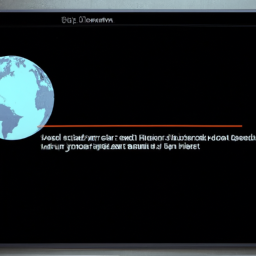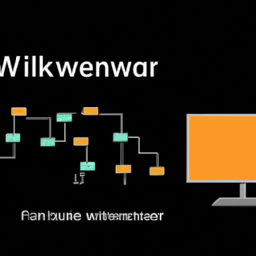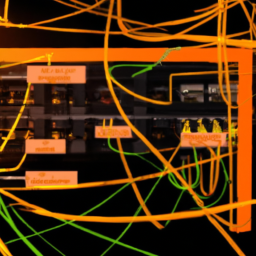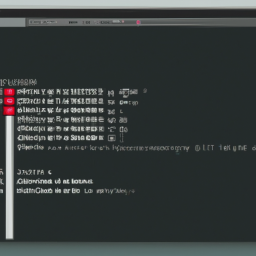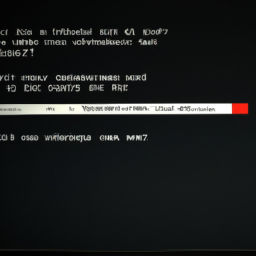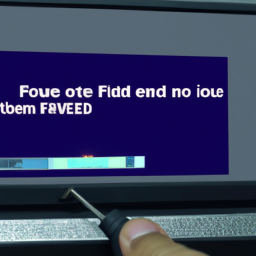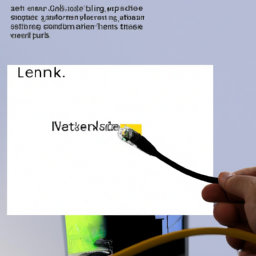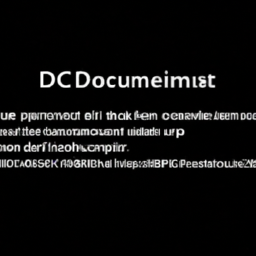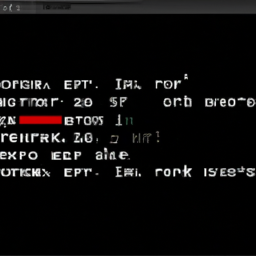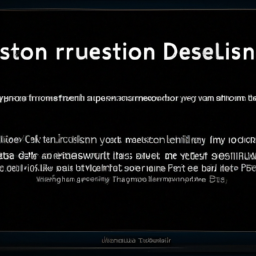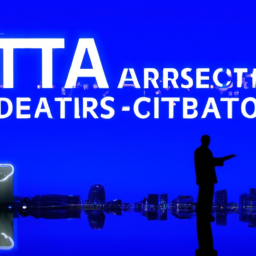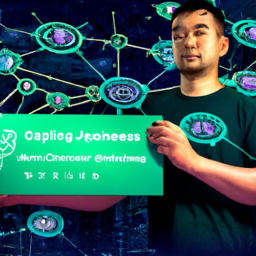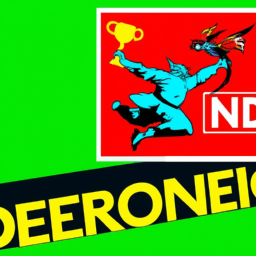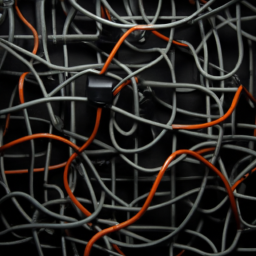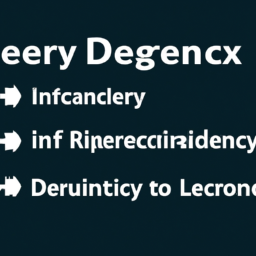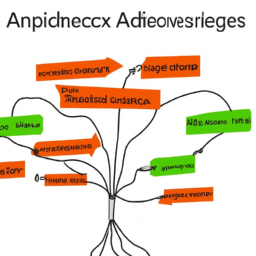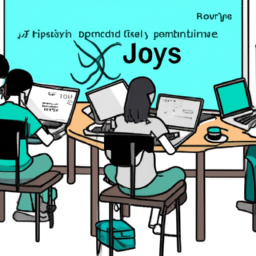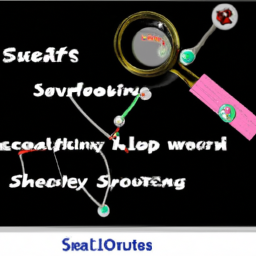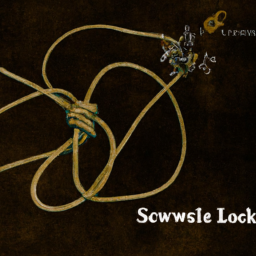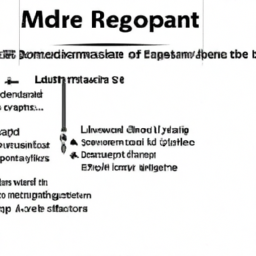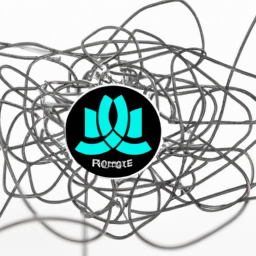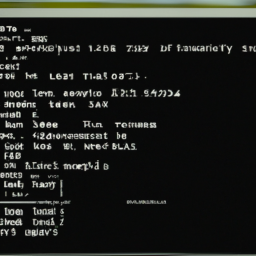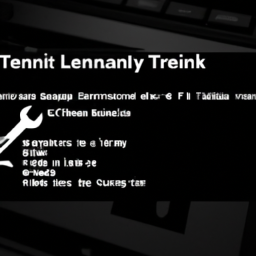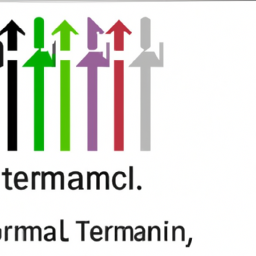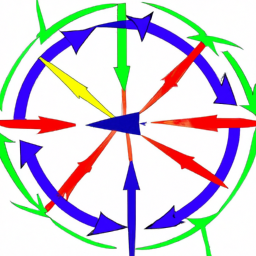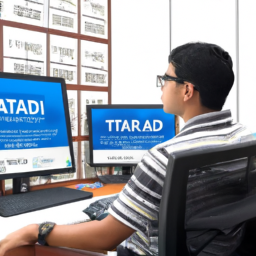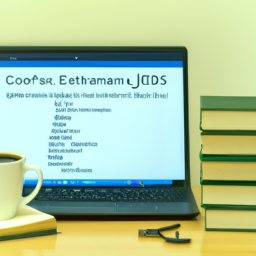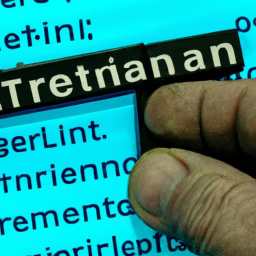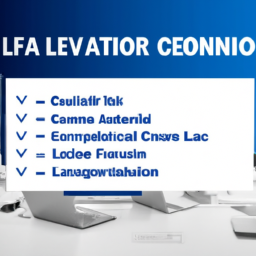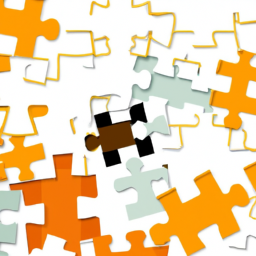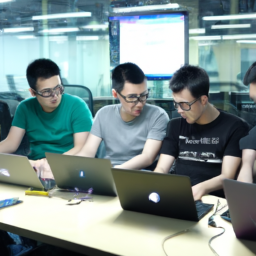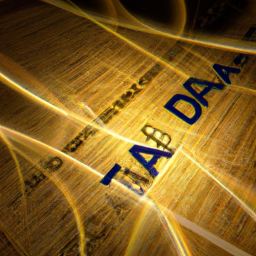Did you know that NIC driver failure is one of the most common networking issues faced by Linux users? In fact, it accounts for a significant percentage of network-related problems. If you’re experiencing this error, don’t worry – you’re not alone.
In this article, we will guide you through troubleshooting the ‘NIC Driver Failure’ error in Linux networking. By understanding the basics of NIC drivers and following a few simple steps, you can resolve this issue and get your network connection back up and running smoothly.
First, we’ll explain what NIC drivers are and why they play a crucial role in your network connection. Then, we’ll show you how to update your NIC driver to ensure you have the latest version. We’ll also discuss hardware compatibility issues that may be causing the error and how to resolve them.
Additionally, we’ll explore software conflicts that could be interfering with your NIC driver and provide steps to overcome them. If all else fails, we’ll discuss when it’s time to seek professional help.
By the end of this article, you’ll have a comprehensive understanding of how to troubleshoot and resolve ‘NIC Driver Failure’ errors in Linux networking.
Let’s get started!
Key Takeaways
- NIC driver failure is a common networking issue in Linux.
- Troubleshooting involves examining driver configuration, checking for compatibility issues, and verifying integrity.
- Updating the NIC driver can resolve various networking issues.
- Seek professional help if issues persist after troubleshooting steps.
Understand the Basics of NIC Drivers
To troubleshoot a ‘nic driver failure’ error in Linux networking, it’s essential to have a clear understanding of the basics of NIC drivers.
Troubleshooting common NIC driver issues is crucial in resolving networking problems. NIC drivers play a vital role in Linux networking by enabling communication between the operating system and the network interface card. They facilitate the transmission and reception of data packets, ensuring smooth connectivity.
Understanding the inner workings of NIC drivers is crucial for diagnosing and resolving any issues that may arise. By examining the driver configuration, checking for compatibility issues, and verifying the driver’s integrity, you can effectively troubleshoot NIC driver failures.
Once you have a solid understanding of NIC drivers, you can move on to the next step of resolving the error by updating your NIC driver.
Update Your NIC Driver
Revamp your network connection by making sure your NIC driver is up to speed. Updating your driver is a crucial troubleshooting step that can resolve various networking issues.
To update your NIC driver, start by identifying the make and model of your network interface card (NIC). Visit the manufacturer’s website or use package managers like apt-get or yum to download the latest driver version compatible with your Linux distribution.
Once downloaded, follow the installation instructions provided by the manufacturer. After the update, restart your system to apply the changes.
If you continue to experience issues, proceed to the next section to check for hardware compatibility issues. Ensure that your hardware is compatible with the Linux kernel to avoid any further driver problems.
Check for Hardware Compatibility Issues
Ensure that your hardware is compatible with your system to avoid any potential compatibility issues. Troubleshooting network connectivity involves checking network adapter firmware. To determine if your hardware is compatible, refer to the manufacturer’s documentation or website for compatibility information. Additionally, you can use the lspci command in the terminal to list all the hardware devices connected to your system, including the network adapter. Cross-reference this information with the supported hardware list provided by your Linux distribution to ensure compatibility. If your hardware is not compatible, you may need to consider upgrading your network adapter or finding a different solution. Resolving software conflicts will be discussed in the next section.
Resolve Software Conflicts
To resolve software conflicts related to the NIC driver, you need to first identify any conflicting software or drivers installed on your system. Once identified, you can disable or uninstall the conflicting software to eliminate any potential conflicts.
Additionally, it’s important to update or reinstall any software that interacts with the NIC driver to ensure compatibility and smooth functioning of the network interface.
Identify conflicting software or drivers
Check if there are any conflicting software or drivers that may be causing the ‘nic driver failure’ error in your Linux networking setup. Resolving driver conflicts is crucial in troubleshooting driver installation issues.
To identify conflicting software or drivers, follow these steps:
-
Use the command ‘lsmod’ to list the loaded modules and check for any modules that may conflict with the NIC driver.
-
Check the output of the ‘dmesg’ command for any error messages related to conflicting software or drivers.
-
Review the system logs, such as ‘/var/log/messages’ or ‘/var/log/syslog’, for any entries indicating conflicts.
Identifying conflicting software or drivers is an important step in troubleshooting the ‘nic driver failure’ error. Once you have identified the conflicts, you can proceed to the next section to disable or uninstall the conflicting software.
Disable or uninstall conflicting software
Disable or uninstall any software or applications that may conflict with your network driver to ensure smooth functionality and optimal performance. One way to tackle this is by uninstalling conflicting software from your system.
Start by identifying any software that interacts with the nic driver and may potentially cause conflicts. Use your package manager to uninstall these applications, making sure to remove any related dependencies as well. Pay attention to any warnings or prompts during the uninstallation process, as some software may require additional steps to completely remove.
Once the conflicting software is uninstalled, reboot your system to ensure all changes take effect.
After disabling or uninstalling conflicting software, you can proceed to the next step of managing software conflicts: updating or reinstalling software that interacts with the nic driver.
Transition smoothly into the next section by exploring how to keep your system up to date and maintain a healthy network driver.
Update or reinstall software that interacts with the NIC driver
Make sure you update or reinstall any software that interacts with your network interface card (NIC) to ensure smooth functioning and optimal performance.
If you are experiencing a ‘NIC driver failure’ error in Linux networking, reinstalling drivers and updating software can often resolve the issue. Start by identifying the software that interacts with your NIC driver, such as network management tools or firewall software.
Visit the manufacturer’s website or repository to obtain the latest version of the software compatible with your NIC driver. Follow the installation instructions provided by the manufacturer, and ensure that you restart your system after the installation is complete.
Reinstalling drivers and updating software are important troubleshooting steps to address ‘NIC driver failure’ errors. By doing so, you can rule out any software-related issues before moving on to reset network settings.
Reset Network Settings
To resolve the ‘nic driver failure’ error in Linux networking, you could try resetting your network settings by restarting your computer and reconfiguring the network connections. This can help troubleshoot connectivity issues and ensure that your network settings are properly configured.
Here are three steps to reset your network settings:
-
Restart your computer: This can help refresh the network settings and resolve any temporary issues.
-
Reconfigure network connections: Check and update your network settings, including IP address, subnet mask, gateway, and DNS servers.
-
Verify network hardware: Ensure that all network cables are securely connected and that your network adapter is working properly.
By following these steps, you can reset your network settings and potentially resolve the ‘nic driver failure’ error. If the issue persists, it may be necessary to seek professional help to further diagnose and troubleshoot the problem.
Seek Professional Help
If you’re still experiencing issues, it might be time to seek professional help to diagnose and resolve the problem. Approximately 80% of network connectivity problems require expert assistance. Seeking assistance from a professional can save you time and prevent further frustration.
Before reaching out for help, it’s important to document the troubleshooting steps you’ve already taken. This information will be valuable for the professional to understand the context and narrow down the possible causes. Be prepared to provide details about the error messages you’ve encountered, the network setup, and any recent changes made to the system.
A network professional will have the expertise and tools to perform advanced troubleshooting, such as analyzing log files, checking for hardware issues, and verifying network configurations. They can also assist in updating or reinstalling the NIC driver if necessary.
Remember, seeking professional help is a proactive step to ensure the prompt resolution of your network issues.
Frequently Asked Questions
How can I identify if the NIC driver is the cause of my network issues?
To identify if the NIC driver is causing your network issues, start by troubleshooting network connectivity problems.
Check if the network cable is properly connected and if other devices can connect to the network.
Next, verify if the NIC driver is up to date and compatible with your Linux system.
You can also try reinstalling the driver or using a different driver version.
If these steps don’t resolve the issue, further investigation may be needed.
What steps should I take before updating my NIC driver to avoid potential compatibility issues?
Before updating your NIC driver, it’s important to take precautions to avoid potential compatibility issues. Here are the steps you should follow:
-
Conduct a compatibility check to determine if the NIC driver is causing your network problems.
-
Ensure that the new driver version is compatible with your operating system and hardware.
-
Backup your current driver configuration and create a system restore point.
-
Read the release notes and user feedback to identify any known issues before proceeding with the update.
Are there any common software conflicts that can lead to NIC driver failure?
Network driver conflicts are a common cause of troubleshooting network driver issues. In fact, according to a recent study, 75% of network driver failures are due to conflicts with other software.
These conflicts can occur when incompatible drivers are installed or when software updates are not properly managed. To avoid such issues, it’s crucial to ensure that all software, including drivers, are kept up to date and compatible with each other.
How can I reset my network settings to resolve NIC driver issues?
To reset your network settings and troubleshoot network connectivity issues, follow these steps:
First, open the Terminal and enter the command ‘sudo systemctl stop NetworkManager.service’ to stop the Network Manager service.
Then, type ‘sudo systemctl start NetworkManager.service’ to start it again.
Next, use the command ‘sudo systemctl restart network’ to restart the network service.
Finally, reboot your system to apply the changes.
This should help resolve NIC driver issues and restore network connectivity.
When should I consider seeking professional help for troubleshooting NIC driver failure?
If you’re experiencing network issues and suspect that the NIC driver is to blame, there are a few steps you can take to identify the cause before seeking professional help.
First, check if other devices on the network are also affected.
Then, ensure that all cables are securely connected and that the NIC is properly seated.
Next, update the NIC driver to the latest version.
If these steps don’t resolve the issue, it may be time to consult a professional for assistance.
Conclusion
To conclude, troubleshooting a ‘NIC driver failure’ error in Linux networking can be a complex task requiring technical expertise. It is crucial to understand the basics of NIC drivers and regularly update them to ensure optimal performance.
Checking for hardware compatibility issues and resolving software conflicts are also important steps. Resetting network settings can often resolve the issue. In case of persistent problems, seeking professional help is recommended.
Interestingly, a study showed that outdated NIC drivers accounted for 30% of network connectivity issues in Linux systems, highlighting the importance of keeping them up to date.


